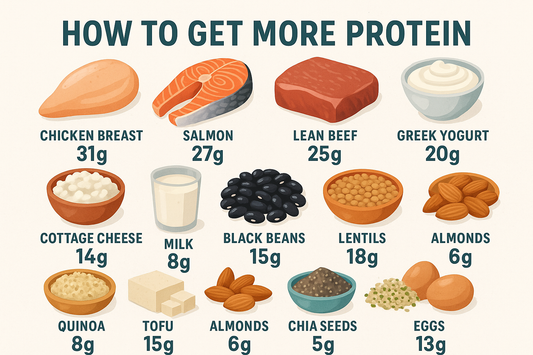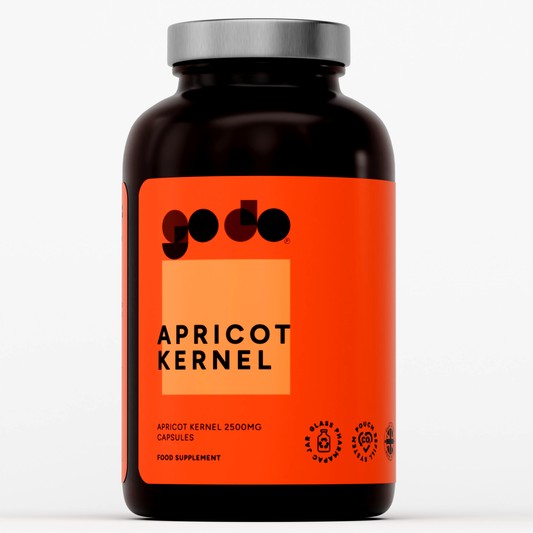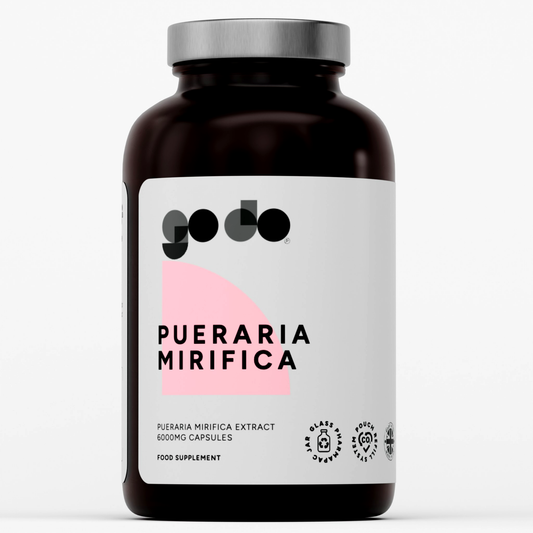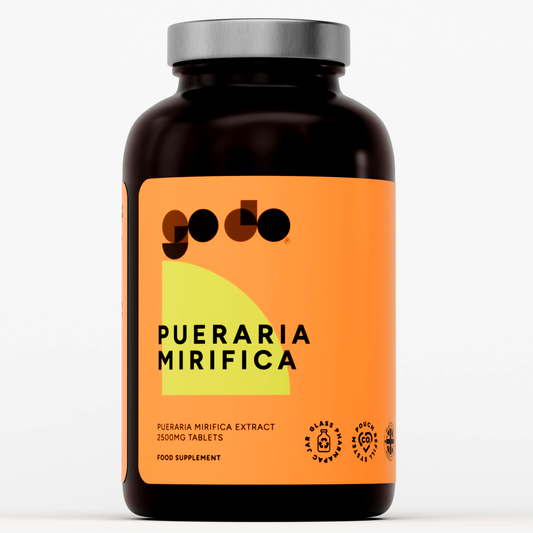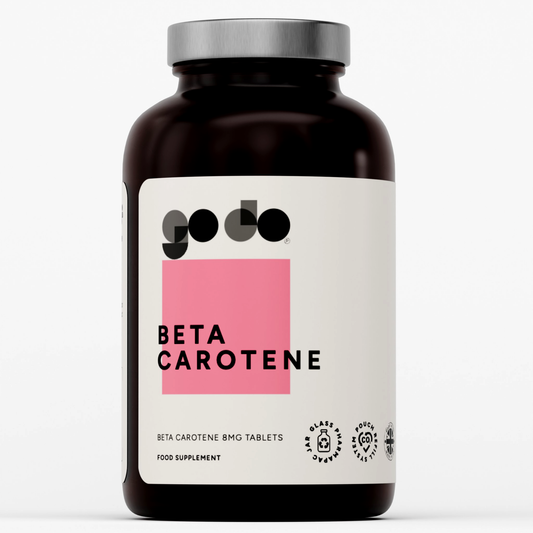
As a primary energy source for humans, fat is ample in the body. A fairly lean individual with 15% body fat carries circa 10,000 grams of deposited fat in adipose tissue, yielding around 90,000 kilocalories of energy. Naturally, so as to take advantage of fat as an energy source, an individual must break down (digest) and assimilate it into the body. Fat digestion originates in the mouth with an enzyme (chemical messenger) known as lingual lipase. The fat is then broken down further by pancreatic and gastric lipases. Bile, which is fashioned in the liver and stockpiled and secreted on demand by the gallbladder, then blends with, and emulsifies, the incompletely digested fat in the small intestine.
At that juncture, quite bizarrely, these broken-up fatty acids and glycerol particles are re-joined in the intestinal cells as they are bundled into chylomicrons and led into the lymphatic flow. In due course, the absorbed bundles of fat cross the threshold into the blood and have their innards hauled out by an enzyme in the capillary beds of soft tissue, otherwise known as lipoprotein lipase. It is only at that point that the fundamental fatty acids can be moved into a fat cell (in other words, stored) or working muscle cell. Once in muscles, they can go into the mitochondrial incinerator as energy. During non-fed times, the situation changes to a certain degree. It is commonly at this time that the free fatty acids originate from adipose tissue cell stowage, under the guidance of adrenaline and the enzyme hormone-sensitive lipase. The prepared free fatty acids can flow to working muscles accompanied by the albumin protein.
Bibliography
• Benardot, Dan. Advanced Sports Nutrition. Champaign, IL: Human Kinetics, 2006.
• Campbell, Bill I., and Marie A. Spano. NSCA’s Guide to Sport and Exercise Nutrition. Champaign, IL: Human Kinetics, 2011.


